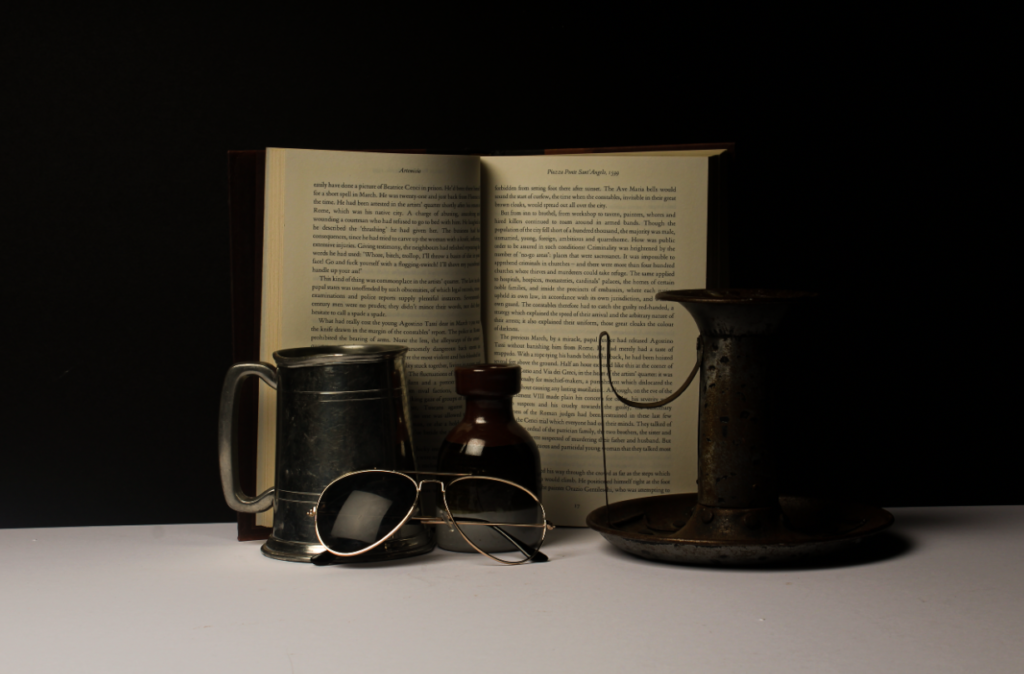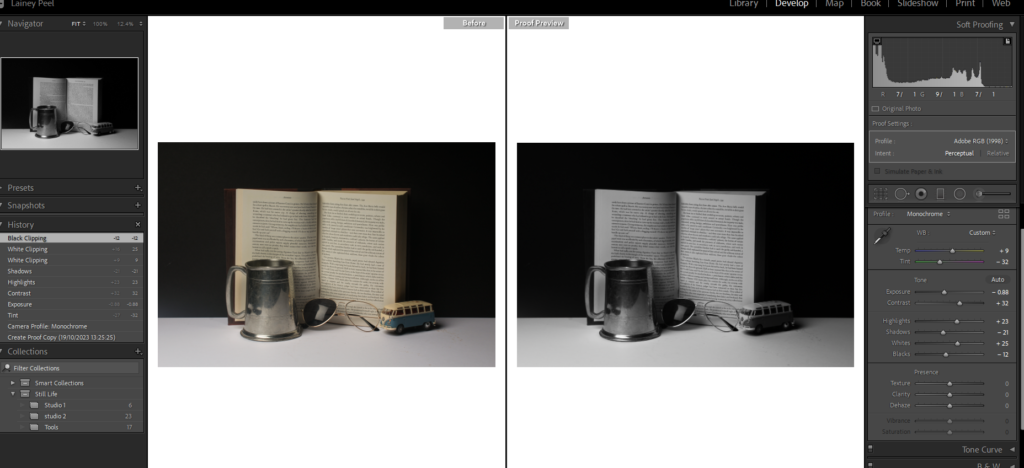Still life is a painting or drawing of an arrangement of objects, typically including fruit, flowers and objects contrasting with these in texture, such as bowls and glassware.
Still life photography is a form of professional photography that depicts inanimate objects or subject matters. Still life is a unique genre of photography. One thing that makes it so special is that often the subjects aren’t very interesting. The effect of this can make the photograph slightly a mystery and can tell its own story, sort of like a book as you imagine the way you want too.
Still life photography is important for several reasons. It can capture beautiful images that can be enjoyed for years to come. It can serve as a way to document and preserve history. Still life photography can be used to create art and has been a popular art subject for centuries.
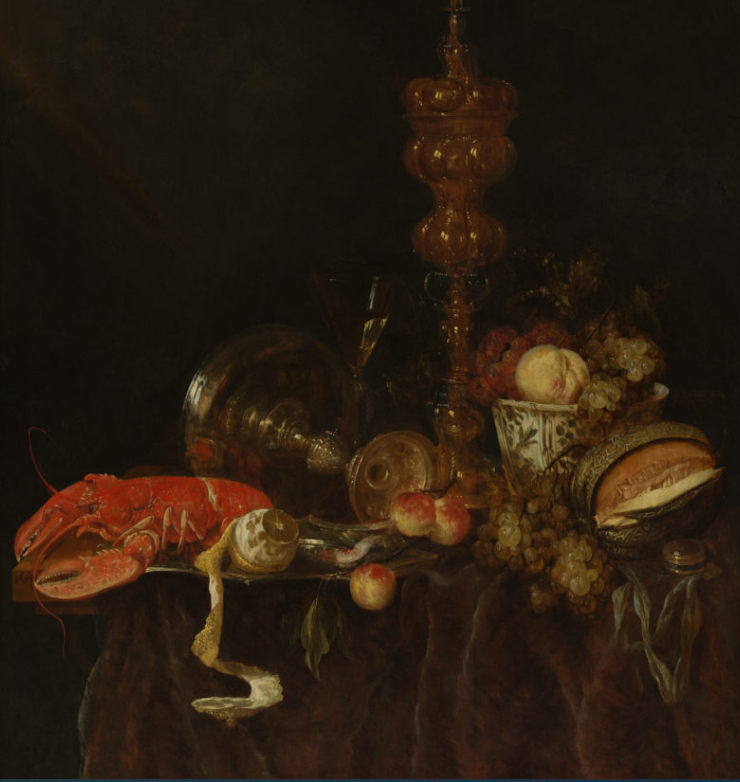
Abraham van Beveren (Dutch, The Hague 1620/21–1690 Overschie) This photo presents the themes of wealth and high class which is shown through the lobster and the metal work reflecting on the lush fruit. This photograph can tell us many things but a main theme is wealth especially around the timing it was published.
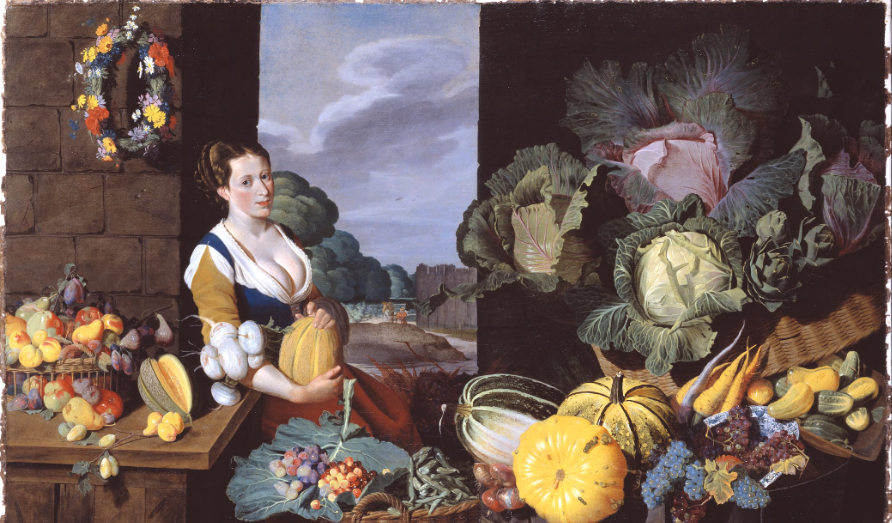
Cookmaid with Still Life of Vegetables and Fruit c.1620-5 Sir Nathaniel Bacon 1585-1627
Sir Nathaniel Bacon did not paint professionally, although he was a skilled amateur artist. Very few works attributed to him survive, so the appearance of this work on the art market presented the Collection with a rare opportunity for acquisition. Furthermore, the subject matter, a cookmaid surrounded with lavish produce, more usually associated with Dutch and Flemish art, is highly unusual in England for the period and associated only with Bacon. Every item depicted is known to have been growing in England: Bacon himself grew melons on his Suffolk estate.
Fruits can symbolize prosperity, wealth, abundance, pleasure, fertility, and the fleeting nature of life, depending on the composition, colour, and presentation of the fruit. Although fresh fruit, represents fertility, vitality, youth, and abundance. When the fruit is in a state of decay, however, it characterises the inevitable and undeniable mortality of our presence in the world.
As we are on the topic of symbolic meanings and metaphors. There are Vanitas
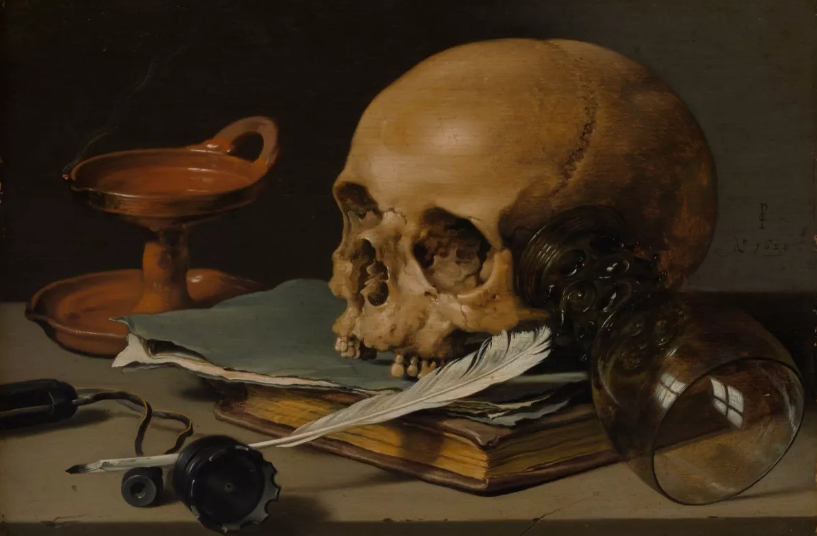
Pieter Claesz, Still Life with a Skull and a Writing Quill, 1628
A vanitas is a symbolic work of art showing the transience of life, the futility of pleasure, and the certainty of death, often contrasting symbols of wealth and symbols of ephemerality and death. Vanitas remind the viewer of the shortness, fragility and uncertainty of death, which often include symbols such as skulls and extinguished candles.
However, they can also include other symbols such as musical instruments, wine and books to remind us explicitly of the vanity (in the sense of worthlessness) of worldly pleasures and goods.
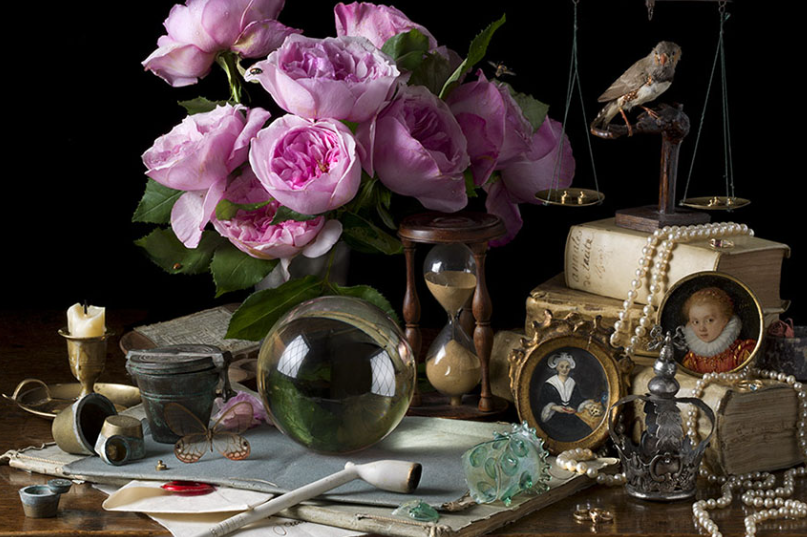
Although there are also light Vanitas which bring a more positive mood and outlook. Which although they are very different, they are actually similar within symbols and metaphors.
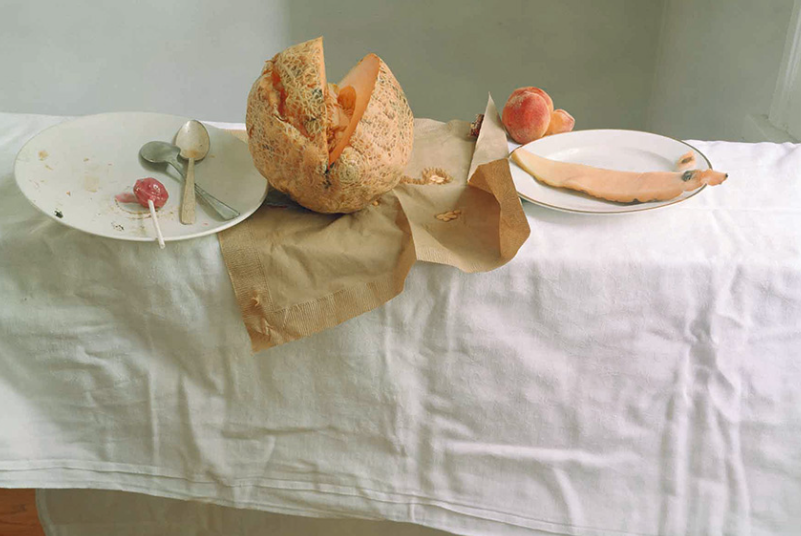
Still Life inspired – My photo
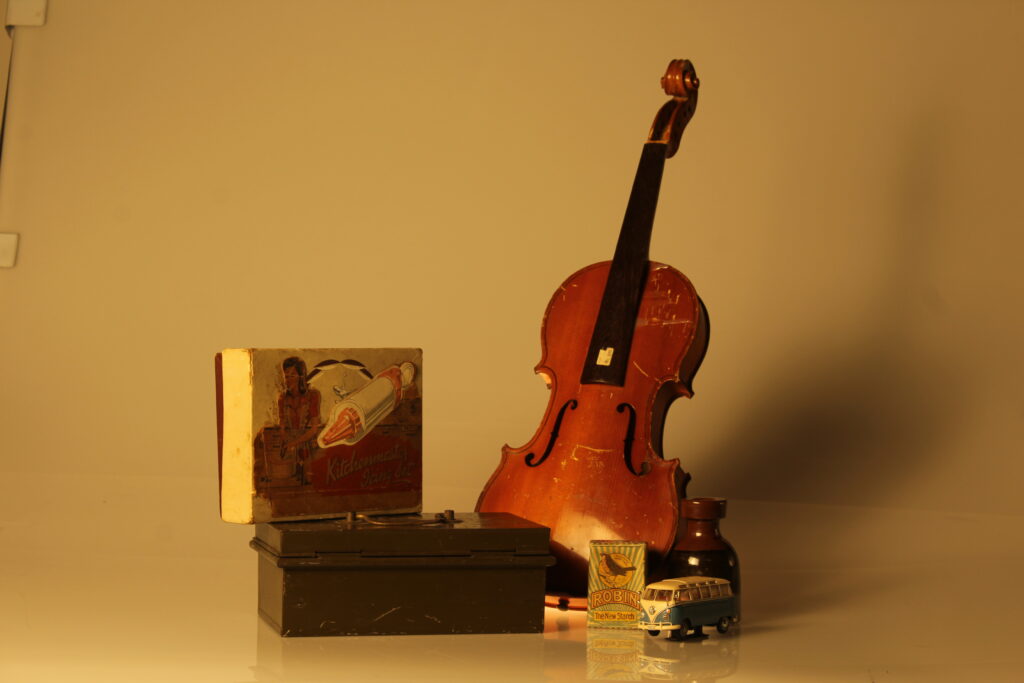
In this photo I used random objects and created an arrangement of the objects to create a meaning. The typical thing about still life is that the objects aren’t very exciting which makes it interesting. However my objects aren’t the typically used objects and don’t have a symbolic meaning. I also used an orangey-warm tone which created a significant and eye-catching shadow to make the photograph more interesting. The objects put together don’t explain the story behind them which is the beauty of still life, as it can be personal to you or how you imagine it to be. However, because I did not use dark lighting in the studio it contrasts and is different to the typical still life photographs, which is in my opinion less effective. Overall, it is still a still life photo but I would like to change some qualities to make it more like the professionals such as add symbolic objects and use natural or darker artificial lighting in the studio.
